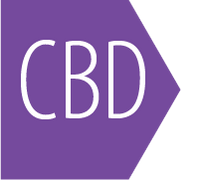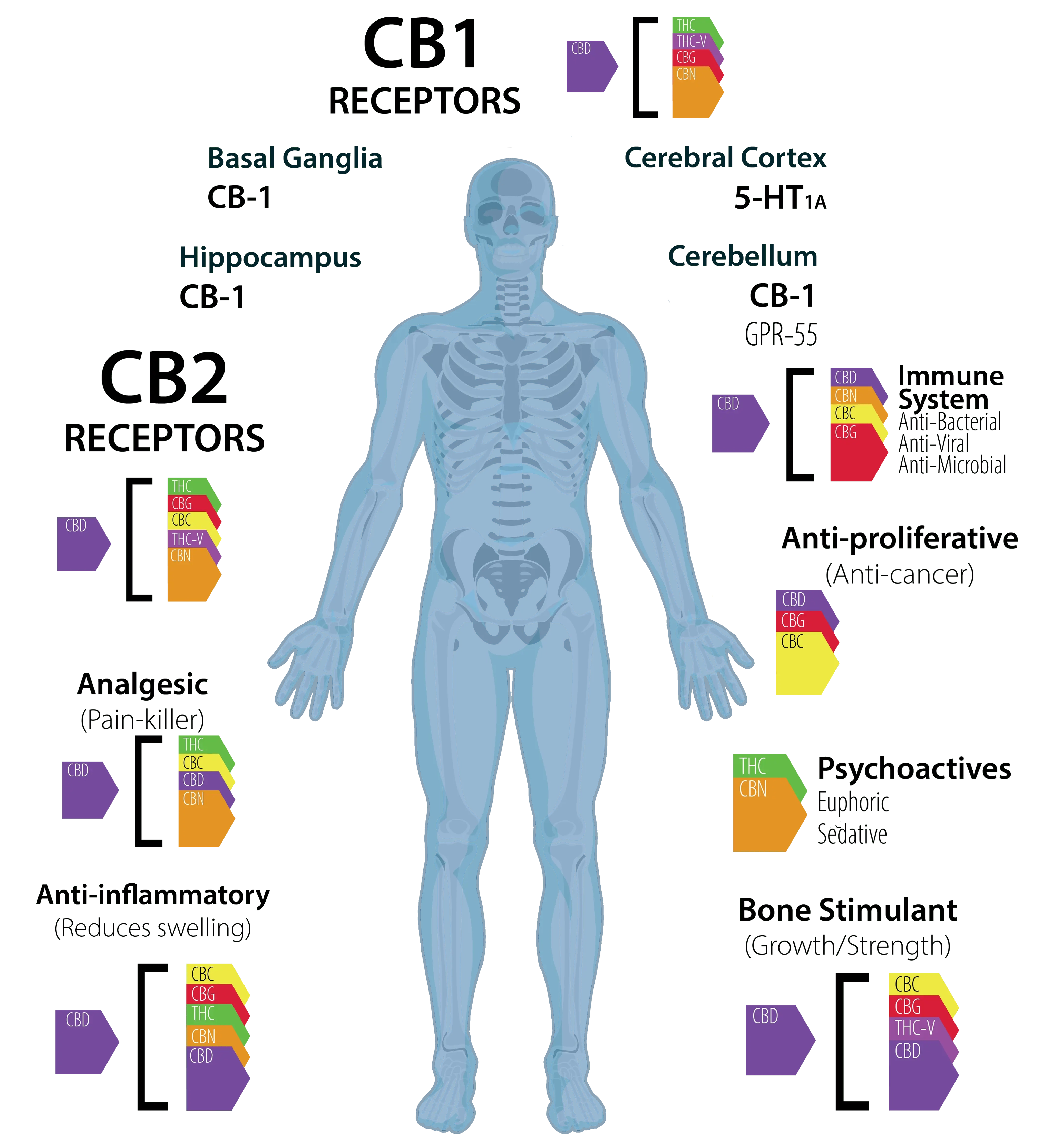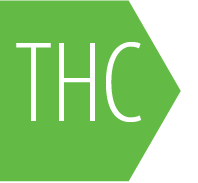The Endocannabinoid System
And the functions of the CB receptors

Mental Health
(CB-1 G-protein coupled cannabinoid receptor 1) Responsible for the euphoric and anti-conclusive effects of cannabis. Reduces pain and inflammation. Has an effect on many neuronal signaling pathways. Primarily found in the brain- in basal ganglia, limbic system (hippocampus), but also found in cerebellum and female/male reproductive systems. Absent in the medulla oblongata (brain stem) which is responsible for cardiovascular and respiratory functions.

Not psychoactive
Non psychoactive Antispasmodic (helps manage spasms) Anxiolytic (eases anxiety/panic attack/post traumatic stress)Anti-inflammatory Antagonist to GPR-55 receptor, (has an effect on cell cytoskeleton, bone function, and other processes)Anti epileptic Neuroprotective Vasorelaxant Antispasmodic Anti-ischemic Anti proliferative Immunosuppressive Anxiolytic Anti-psychotic Anticancer Anti-emetic Antibacterial Anti-diabetic Anti-psoriatic Intestinal anti-pro kinetic Analgesic

Not psychoactive
Anti-inflammatory Bone-stimulant Anti-bacterial Anti-proliferative has some affinity for CB-2Shown to relieve intraocular pressure (treats glaucoma)Non psychoactive, however acts as an 5-HT1A receptor antagonist, and CB1 antagonist


Body Health
(CB-2 G-protein coupled cannabinoid receptor 2) Closely related to CB-1 Has an effect on Cytokine release, which is utilized in the autocrine, paracrine, and endocrine system, as well as chemotaxis. (chemotaxis is how the somatic cells direct their movement within the body. This is important foor cancer treatment, cancer cells usually have problems within chemotaxis) May help treat Alzheimer’s disease This all relates to your body’s immune system. This could mean, anti-bacterial, anti-fungal, & even anti-cancer or auto-immune diseases!

Psychoactive
Delta9-THC is the principal psychoactive constituent of cannabis Analgesic (pain killer) Anti-inflammatory Anti-emetic (eases nausea)Euphoriant (makes you happy) Appetite stimulant Antispasmodic (suppresses muscle spasms)Affects CB-1 receptors in the brain and GPR-55 receptor

Mildly Psychoactive
Mildly psychoactive Sedative Anti-convulsant Anti-biotic Anti-insomnia (sleep aid)Anti-inflammatory Antispasmodic Primary product of THC degradation (THC molecule breaks down into CBN)Binds to CB-1 & CB-2receptors, with higher affinity for CB-2Similar properties to THC, with relatively less affinity for CB-1 receptors.

